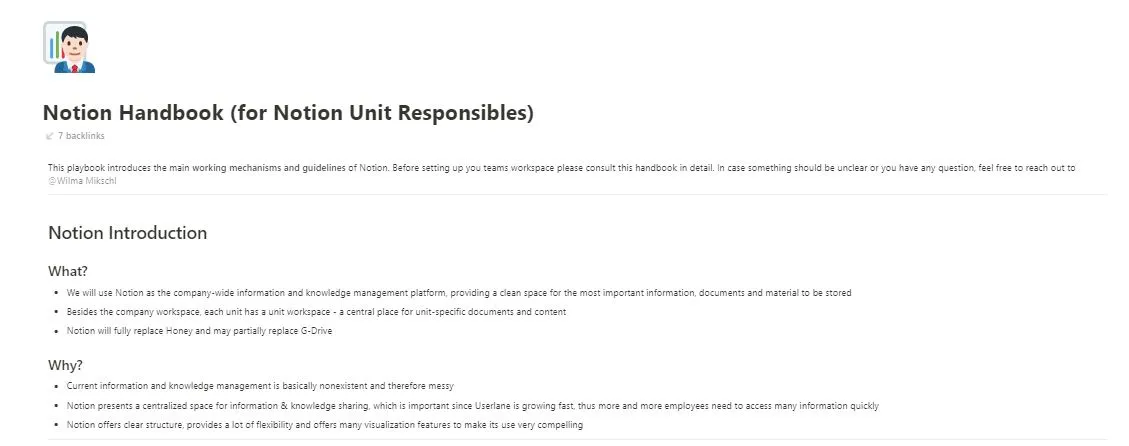Chatbots vs Knowledge Bases: Which One Is Better?

I’ve said this before, and it bears repeating: The greatest technology in the world hasn’t replaced the ultimate relationship-building tool between a customer and a business—the human touch.
— Shep Hyken (@Hyken) July 20, 2020
In part one of our three-part series on customer self-service solutions, we briefly explored the topic, ‘Are self-service solutions good for your B2B business?’ The verdict? Yes, they are, but if and only if they are well-implemented and well-executed—and if and only if you use them in addition to (and not as a substitute for) human customer support agents. That’s why we started this post with one of Shep Hyken’s (Customer Service and Experience Expert) most popular tweets. Self-service solutions can work wonders for your business, but they’ll never be able to fully replace that all-important human-touch in person-to-person interactions.
But this post isn’t about human support agents … it’s about finding the right self-service solution for your B2B business that you can implement to (a) lessen the burden placed on your human agents, (b) improve the customer experience by helping your customers solve problems autonomously and quickly, and (c) help you save on support costs.
So, for our first post for 2021, we’re going to take a look at two self-service solutions, comparing them in terms of the overall experience they provide (the functional and emotional experience) as well as their cost-saving potential (how much you can save on support costs). We have a third solution to discuss, but that’s for next week’s blog post ????.
Please note that we use the term users and customers synonymously and that we are looking at the use of self-service solutions in terms of technical support.
Table of Contents
Self-Service Solution 1: Knowledge Bases
Knowledge bases can provide a wealth of practical, useful, educational, and motivational resources that are well-organized and exist in a variety of media formats (videos, images, guides, texts, glossaries, etc.). They are relatively easy to implement and good knowledge base software can be inexpensive, but they do require a lot of manual labor to keep them up-to-date, relevant, and organized.
Functional and Emotional Experience
In our previous blog post on this topic, we spoke about the functional and emotional experience: The functional experience relates to the physical cost a customer incurs when looking for help, and the emotional experience relates to how much cognitive effort it takes the customer to solve the problem.
When a knowledge base is well-maintained and structured and consists of a variety of resources in different media formats, they can provide the user with an adequate (although not best) functional and emotional experience. This is because:
- The user can find what they are looking for quickly.
- The base is available 24/7, so the user can access it anytime without having to wait for help.
- The variety of media formats contained within the base support different learning styles, thus making it easier for the user to solve their problems independently. This, in turn, empowers them and gives rise to those important mental benefits we mentioned in our previous post.
Another bonus of a knowledge base is that there is ample opportunity for customers to give their feedback, which will help you to continually tailor your base to your customers’ needs.
However, you must keep in mind that it takes time and effort to create a really good, well-structured knowledge base. If you’re not careful, they can cause problems when the user encounters broken links, is overwhelmed by too much information or lengthy documents (cognitive stress), or simply can’t find what they’re looking for.
Cost-Saving Potential
Overall, knowledge bases are one of the most cost-effective self-service solutions as they are inexpensive to implement (there are free versions of knowledge base software that get the job done well) and maintain.
But, in comparison to chatbots (see below), they aren’t as cost-effective in saving on support costs simply because they are designed to provide reactive and not proactive help. This means the customer has already encountered a problem (meaning they could already be frustrated) and now needs to search for support documents. And although the search can be relatively quick, it still takes the customer time to find what they’re looking for. Also, if the knowledge base doesn’t contain the information they need, this will only increase the physical and mental costs they accumulate.
Overall
Overall, knowledge bases are a must-have, especially if you don’t have other self-service solutions in place. They do offer numerous advantages but keep in mind that the overall experience they provide is not optimal as there is always room for improvement, they are more sterile in nature, and they can only provide reactive support. Naturally, the more relevant content in different formats the knowledge base provides, the better the experience will be.

Self-Service Solution 2: Chatbots
Ah, the (in)famous chatbot! Love them or hate them, they’re definitely here to stay. And thankfully, they are becoming more and more sophisticated and adept at mimicking natural language as technology improves, so they are a good route to go if, once again, you execute and maintain them properly.
Functional and Emotional Experience
More so than knowledge bases, chatbots can provide a very good functional and emotional experience for numerous reasons:
- They are becoming increasingly competent in asking and answering open and closed questions, interpreting ambiguities, and giving customers the feeling they are interacting with a human support agent.
- They can field a variety of queries, thus freeing up time and reducing the workload for support agents so that they can handle more complex problems.
- They save the support agent even more time because chatbots are designed to gather all relevant information from the customer beforehand.
- They are available on-demand, giving users quick access to answers and empowering them to solve their problems independently.
- They can easily and quickly direct a user to a support agent if needed.
- While they are more reactive, they can provide proactive assistance.
When used properly, chatbots can make for a more pleasant and less sterile environment and emotional experience (in comparison to knowledge bases). But, it’s always important to bear in mind that the experience you give your customers is only as good as the chatbot you either build yourself or “buy” (there are tons of chatbot software out there), so the cheaper the chatbot or the less effort you put into maintaining it, the poorer your experience will be.
Cost-Saving Potential
Problems with chatbots are notorious, so take good care when choosing chatbot software and don’t try and cut corners by trying to save costs (this will only rack up your support costs in the long run).
That being said, the right chatbot (advanced, well-maintained) is an excellent means to save on support costs. For example, a study from Juniper Research indicates that come 2022, chatbots will help businesses save more than USD 8 billion a year. So the verdict here is this: If you go for a chatbot, you need to fully invest in it, put the effort into maintaining and optimizing it, and use them to help your support agents. This hybrid approach will guarantee your ROI.
A complementary bot and human strategy can deliver the efficiency and personalization consumers crave, no matter the situation. — Steven Petruk, President Global Outsourcing, CGS
Overall
Once again, it all comes down to a hybrid approach: Use your chatbots AND your support agents to provide your customers with the best experience possible. In comparison to knowledge bases, chatbots have the potential to offer a better experience as they can mimic human interaction to provide a more personal experience and provide proactive support in certain cases.
So, what’s better for your B2B business?
Well, first off, there is a multitude of self-service solutions out there that you can implement. Besides knowledge bases and chatbots, there are, for example, digital adoption platforms (which we discuss next week), help forums, having a mobile app, and functional automated phone systems.
The choice you make will inevitably come down to your business, your goals, and your budget, so you need to carefully evaluate what’s best for you. But what we can say for certain is that it’s better to have some form of a self-service solution in place than none at all. Back in 2011 already, Gartner predicted that by 2020, the customer would manage 85% of the relationship with an enterprise without interacting with a human. So, it’s safe to say that if you don’t have any form of self-service support, you’re not keeping up with your digital transformation efforts ????.
In our white paper, Cutting Customer Service Costs While Improving Experience With Digital Adoption Platforms, we provide a rating on which solution has the upper hand, so if you’re looking for a more definitive answer, some statistics, and more research, then be sure to download it!
But, at the end of the day, no matter which solution you implement, you need to make sure of two things:
- You properly and fully implement, execute, and maintain your solution.
- You use it as an addition to your human support agents.
As mentioned, next week, for part three of our self-service solutions series, we will explore how digital adoption platforms are optimal self-service solutions in terms of experience and cost-saving potential. But for now for some reading in between, be sure to check out our latest reports.

